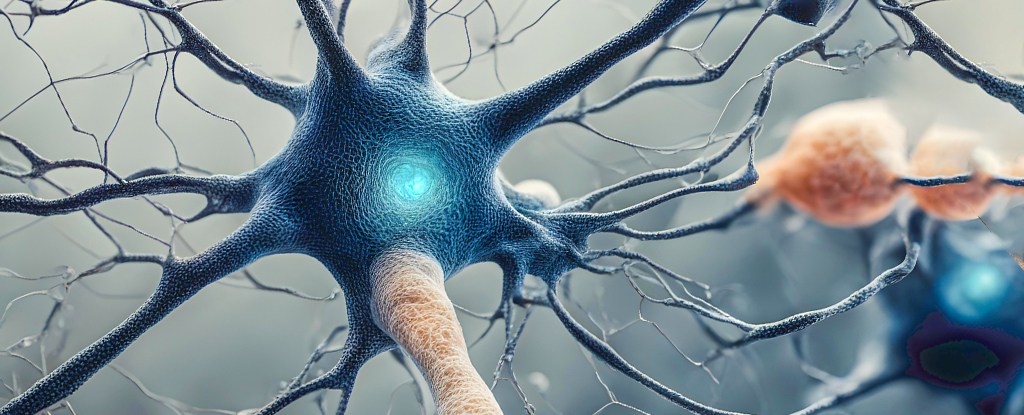Despite decades of research, the direct cause of brain damage in Alzheimer’s disease has remained stubbornly elusive. A team led by Emory University in the US may have just discovered why.
Much study has focused, now controversially, on abnormal clumps of naturally occurring proteins that increase in Alzheimer’s brains as the disease progresses: plaques of amyloid beta. Understandably, this has led scientists to explore whether the plaques are involved in damaging brain cells.
But other researchers now argue these plaques may be a side effect of Alzheimer’s rather than its cause, for multiple reasons. For one, laboratory studies suggest they do not directly damage brain cells. Treatments targeting these proteins have not been as successful as expected either, suggesting we’re still missing crucial components of this disease.
The latest findings seem to back up this missing component line of thinking.
Emory University biochemists Yona Levites and Eric Dammer and their colleagues found evidence that other proteins accumulating along with the plaques could be responsible for Alzheimer’s awful symptoms instead.
Clumps of amyloid beta may be acting as scaffolds that attract these other molecules, leading to the frightening symptoms of confusion, communication difficulties, and memory loss.
The team compared protein combinations across mouse Alzheimer’s models over time with human data. While some of these humans had Alzheimer’s, others had plaques in their brains but no Alzheimer’s symptoms.
They identified more than 20 proteins that accumulated along with amyloid beta, both in mice and humans.
Many of the proteins are signaling molecules, but if they’re getting stuck in the plaques, they’re likely signaling in the wrong place, activating processes that don’t belong there.
“In other words, these additional proteins may play an important role in the process that leads to brain damage rather than the amyloid itself,” explains Emory University biochemist Todd Golde.
“Once we identified these new proteins, we wanted to know whether they were merely markers of Alzheimer’s or if they could actually alter the disease’s deadly pathology.”
By mapping various combinations of these molecules, a pattern emerged. The researchers found that the accumulation of amyloid beta plaques was accompanied by an overexpression of two other proteins: midkine and/or pleiotrophin. Both are involved in inflammatory processes within our bodies.
“This suggests they might be a basis for new therapies for this terrible brain affliction that’s been frustratingly resistant to treatment over the years,” says Golde.
Amyloid as a scaffold could better explain some of the contradictory results recent studies have been revealing. What’s more, amyloids’ natural function when working correctly is in part as a scaffold for other mechanisms, the team explains.
While the role of these many other protein suspects still needs investigating, initial tests on midkine and pleiotrophin in the lab reveal the molecules accelerated the formation of plaques.
“It is important to consider that the accumulation of proteins in the plaque is not simply a bystander effect, but part of the response to amyloid as a danger-associated molecular pattern,” Levites and colleagues write in their paper.
“Many proteins that interact with amyloid may be involved in clearance, coating, and neutralization of the structure to reduce toxicity, or some combination of these.”
This may explain how amyloid beta proteins can be both involved and somehow not involved in damaging neurons; it could depend on the other molecules present.
But there are still other potential theories that have yet to be ruled out, like Alzheimer’s as an autoimmune disease.
“Studies have unveiled the vast complexity of changes occurring over decades in the brains of individuals as Alzheimer’s pathologies emerge,” the researchers note.
Their research was published in Cell Reports Medicine.





















Discussion about this post